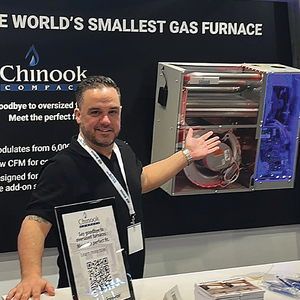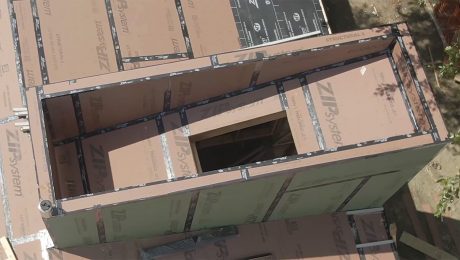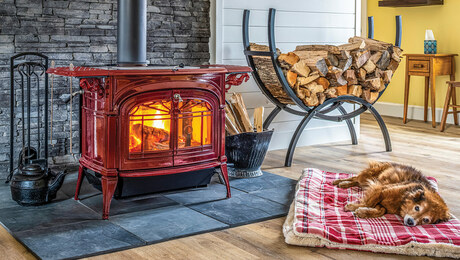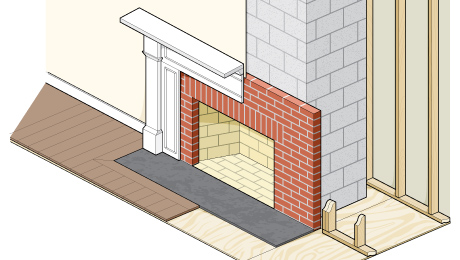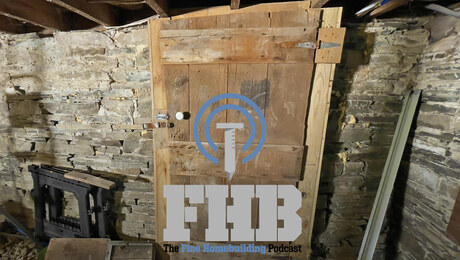Q:
Mark Eatherton’s response about venting high-efficiency boilers into masonry chimneys begs the question of what to do with the acidic condensate that is produced by these boilers. If the gases spell doom for masonry chimneys, then wouldn’t the highly acidic condensate mean sure disaster for the exit plumbing?
Roe A. Osborn, Woodbury, CT
A:
Mark Eatherton, a plumbing and heating contractor in Denver, Colorado, replies: Properly disposing of the condensate produced by highefficiency boilers is an often-overlooked problem. Most manufacturers don’t even address the issue of condensate discharge because after it leaves their machine, it’s simply not their problem anymore. Plumbing codes have just begun to address the issue with special allowances for acidic-discharge provisions, such as allowing plastic drain pipe below grade.
A common mistake is dumping acidic condensate directly into the sanitary sewer. If the drain lines are metallic (cast iron, galvanized, copper, etc.), the condensate will eat through the pipes. In the case of a metal floor drain, the bottom of the P-trap dissolves, and the trap stops holding water. Without water in the trap acting as a seal, sewer gases can escape into the house.
High-efficiency boilers typically discharge condensate at the slow rate of just a few teaspoons per hour. This condensate should be run through an acid-neutralizing device on the drain line of the boiler before it is discharged into a floor drain. Some manufacturers include these devices with the boiler when it’s sold, but if not, it is pretty easy to make one.
The acid-neutralizing device is just a 12-in. long piece of 1-in. PVC pipe filled with landscape-variety crushed marble. Reducing couplings on each end of the pipe hold the marble in place (see drawing). The condensate pipe from the boiler is attached to one end with the pipe to the drain on the other. The marble chips neutralize the acidity in the condensate and should be checked every few years. As the chips dissolve, more can be added. Life expectancy of the marble depends on the boiler and how much it is used.






